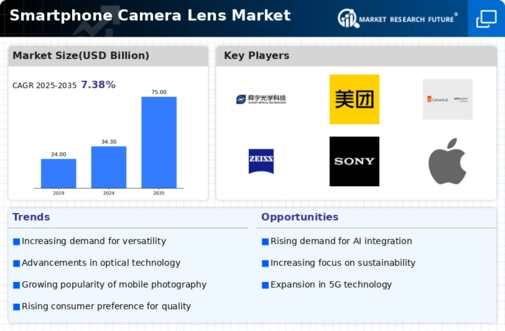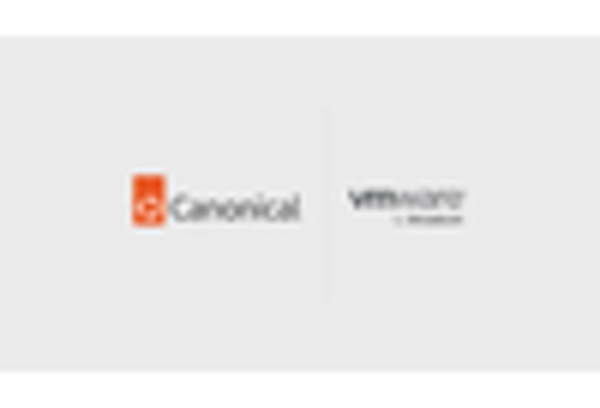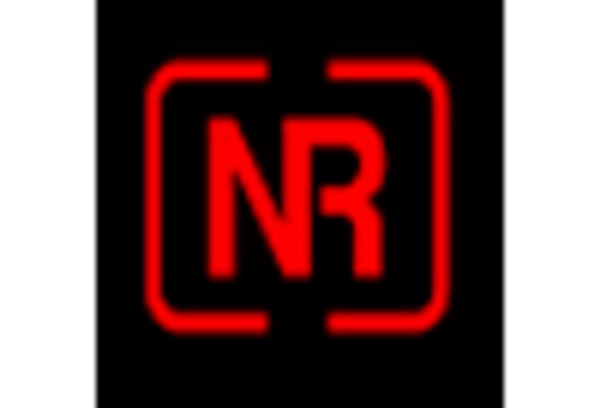Rise of Social Media Influencers
The proliferation of social media influencers is reshaping consumer behavior and driving demand within the Smartphone Camera Lens Market. Influencers often rely on high-quality images and videos to engage their audiences, which in turn encourages their followers to seek smartphones with superior camera capabilities. This trend has led to a significant increase in smartphone sales, particularly models equipped with advanced camera systems. Reports indicate that smartphones with enhanced camera features have seen a sales increase of 15% year-over-year, reflecting the influence of social media on purchasing decisions. Consequently, manufacturers are likely to prioritize camera lens enhancements to cater to this growing market segment.
Advancements in Optical Technology
Technological advancements in optical design and materials are significantly influencing the Smartphone Camera Lens Market. Innovations such as aspherical lenses and high-index glass are enhancing image quality and reducing lens size, allowing for sleeker smartphone designs. The introduction of these advanced materials has led to a projected growth rate of 8% in the lens segment of the smartphone market over the next five years. Furthermore, the integration of features like optical image stabilization and improved low-light performance is becoming standard, thereby elevating the overall user experience. As a result, manufacturers are likely to continue investing in research and development to leverage these advancements in the Smartphone Camera Lens Market.
Increasing Demand for High-Quality Photography
The Smartphone Camera Lens Market experiences a notable surge in demand for high-quality photography capabilities. As consumers increasingly prioritize photography in their smartphone usage, manufacturers are compelled to enhance lens quality. This trend is evidenced by the fact that approximately 70% of smartphone users consider camera quality a critical factor in their purchasing decisions. Consequently, brands are investing in advanced lens technologies, such as multi-lens systems and improved optical designs, to meet consumer expectations. This heightened focus on camera performance is likely to drive innovation within the Smartphone Camera Lens Market, as companies strive to differentiate their products in a competitive landscape.
Integration of Augmented Reality (AR) Applications
The integration of augmented reality (AR) applications is emerging as a transformative factor in the Smartphone Camera Lens Market. As AR technology becomes more prevalent, consumers are increasingly utilizing their smartphone cameras for immersive experiences. This trend is prompting manufacturers to enhance camera lens capabilities to support AR functionalities, such as real-time object recognition and interactive gaming. Market projections indicate that the AR application market is expected to grow at a compound annual growth rate of 25% over the next five years, which will likely drive demand for advanced camera lenses. Consequently, the Smartphone Camera Lens Market may see a shift towards lenses specifically designed to optimize AR experiences.
Consumer Preference for Versatile Photography Features
The Smartphone Camera Lens Market is witnessing a shift in consumer preferences towards versatile photography features. Users are increasingly seeking smartphones that offer a range of lens options, such as wide-angle, macro, and telephoto capabilities. This trend is driven by the desire for creative expression and the ability to capture diverse photographic styles. Market analysis suggests that smartphones with multi-lens configurations are expected to account for over 50% of total smartphone sales by 2026. As a result, manufacturers are likely to focus on developing innovative lens solutions that cater to these evolving consumer demands, thereby enhancing their competitive edge in the Smartphone Camera Lens Market.

















Leave a Comment